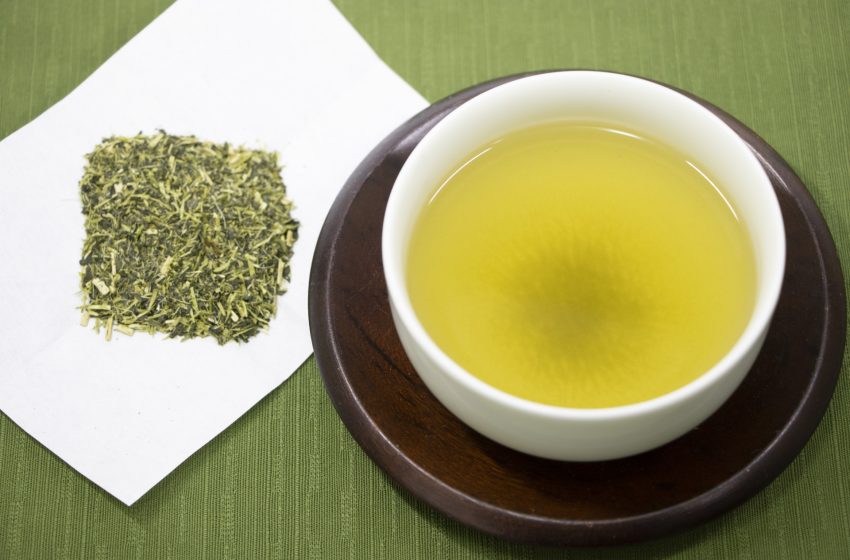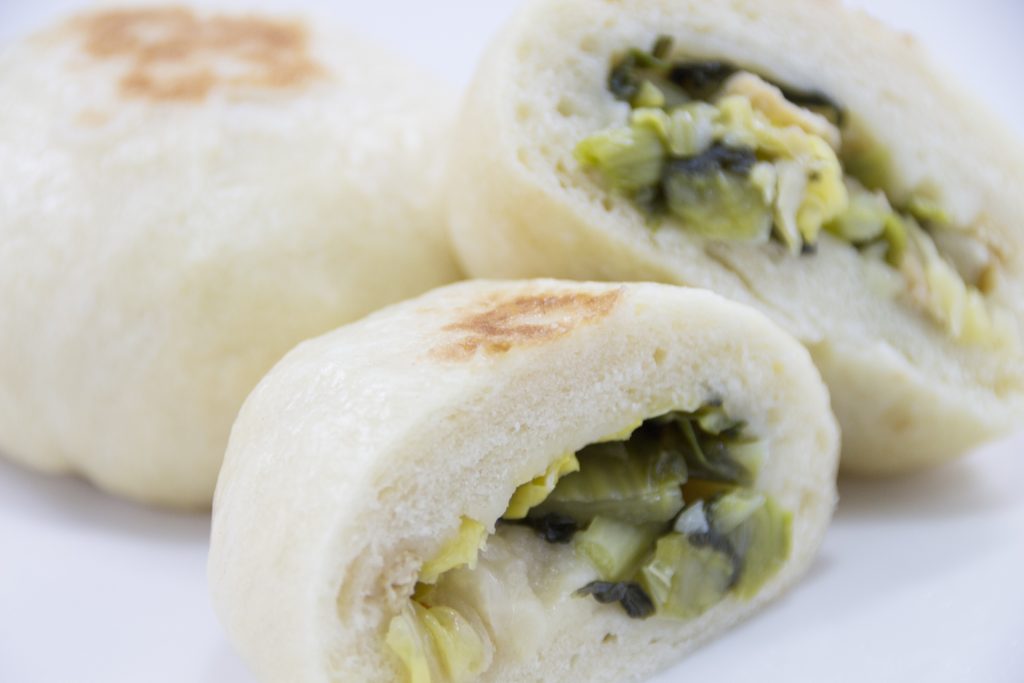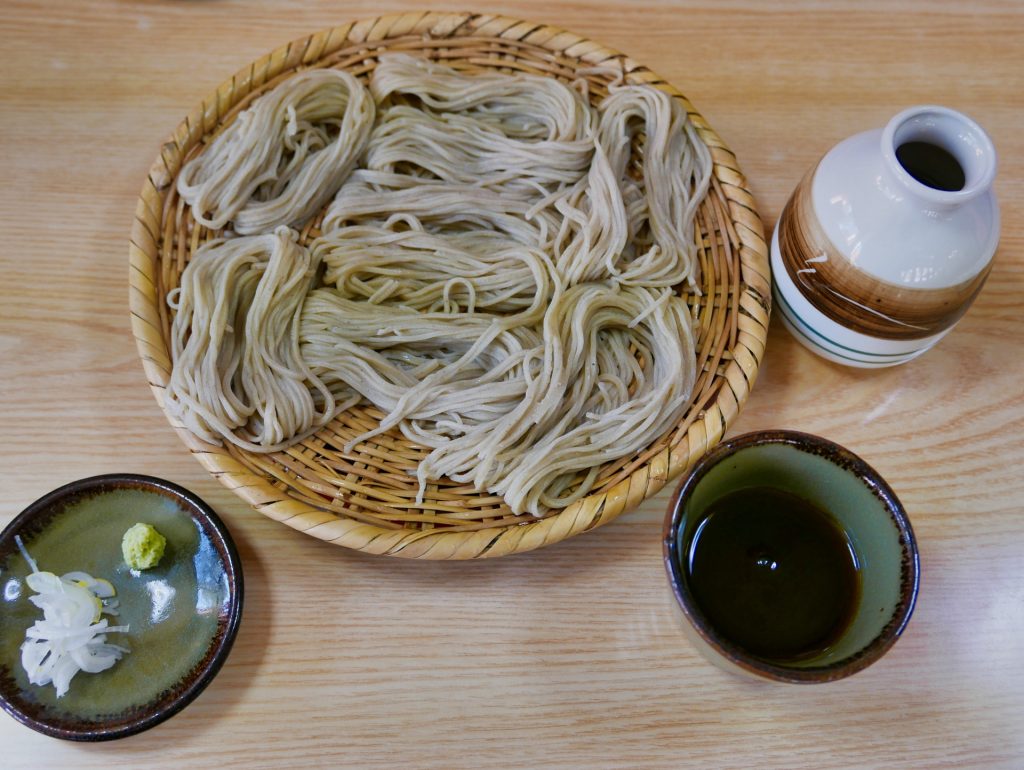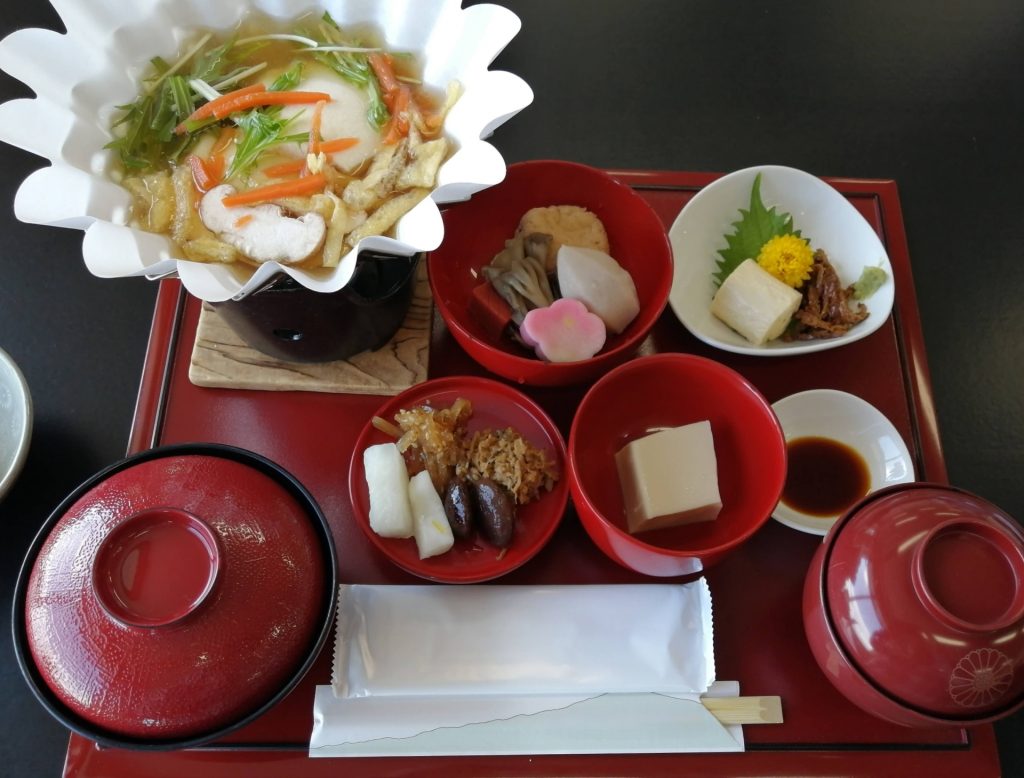
Savoring Serenity: The Art and Allure of Japanese Tea
Greetings, dear readers! Japan, with its deep-rooted traditions and harmonious connection to nature, has given the world a wealth of cultural treasures. Among these, Japanese tea holds a significant place, weaving a tale of history, art, and spiritual tranquility. Let’s embark on a journey to understand and appreciate this revered beverage.
A Historical Brew
Tea was first introduced to Japan from China in the early Heian Period. However, it was during the Kamakura period that the practice of drinking powdered tea, or matcha, became widespread, especially among the samurai class. As centuries passed, the consumption of tea evolved, leading to the establishment of the traditional tea ceremony, chanoyu or sado, an epitome of “Zen” realized through the art of making tea.
Varieties to Explore
Japanese teas are primarily green teas, each possessing its unique flavor and preparation technique:
- Matcha: A powdered green tea used in tea ceremonies. It’s vibrant green and has a creamy, umami-rich flavor.
- Sencha: The most commonly consumed tea in Japan. It’s characterized by its balanced flavor and golden-green color.
- Gyokuro: Shade-grown and known for its rich umami flavor, Gyokuro is one of the finest (and priciest) teas available.
- Hojicha: A roasted green tea with a reddish-brown color, offering a toasty aroma and light, pleasant taste.
- Genmaicha: A blend of green tea and roasted brown rice. The rice adds a nutty flavor, making it a unique and flavorful choice.
- Bancha: A lower-grade tea made from the later harvests. It’s slightly coarse in flavor but is an everyday favorite for many.
The Tea Experience
If you’re venturing into Japan, there are several ways to immerse yourself in its tea culture:
- Tea Houses: Throughout Japan, especially in places like Kyoto, you’ll find traditional tea houses offering a peaceful setting to enjoy a cup of tea.
- Tea Ceremonies: Participate in a traditional tea ceremony. It’s not just about sipping tea but understanding its deeper philosophy and the art of hospitality.
- Tea Farms: Visit regions like Uji (Kyoto) or Shizuoka, renowned for tea cultivation. Walk through tea fields, learn about the production process, and sample freshly brewed teas.
Shopping Tips
Japan is a haven for tea enthusiasts. When buying tea:
- Look for specialty tea shops or department store tea sections.
- Ensure freshness by checking the harvest date.
- Consider purchasing tea in tins or sealed bags to retain freshness.
In Conclusion
Japanese tea is not just a beverage; it’s an experience, a philosophy, and an integral part of Japanese culture. From the intricate rituals of the tea ceremony to the simple pleasure of a quiet cuppa overlooking a Zen garden, tea in Japan transcends the ordinary and invites you to pause, reflect, and relish the moment.
So, dear travelers, as you explore the vast landscape of Japan, remember to take a moment to indulge in its tea culture. It’s a sip of history, tradition, and the very essence of Japan. Safe travels and serene sipping!




